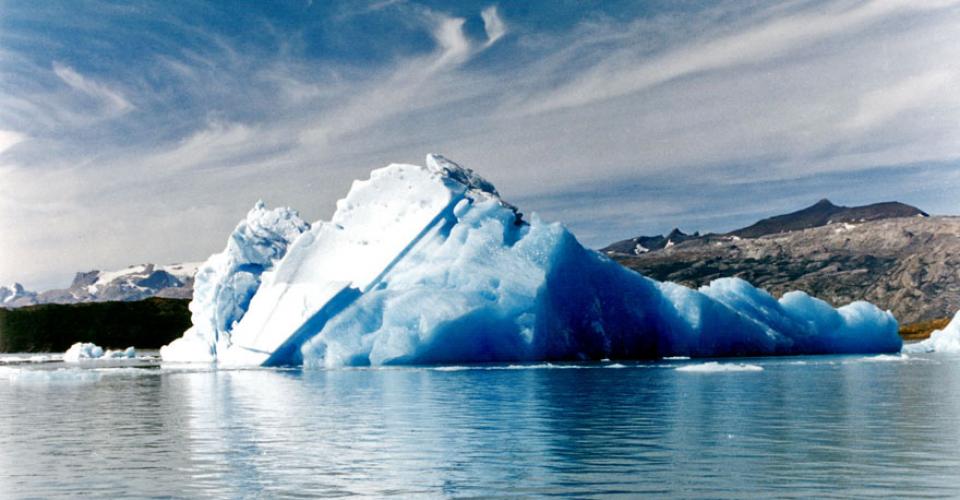Kiwi experiences inspire young scientists
04/02/2016A partnership between Owhango Primary School and the Department of Conservation is fostering hands-on science and kiwi at the same time.
 Department of Conservation workers and kiwi visit Owhango Primary School in 2014.
Department of Conservation workers and kiwi visit Owhango Primary School in 2014.
Young Kiwis are helping young kiwi, thanks to collaboration between a school and local DOC rangers.
Students at Owhango Primary School have the opportunity to join Department of Conservation staff in their work to foster kiwi chicks in the Tongariro National Park. This work follows the life cycle of kiwi recovery, from lifting the egg through to incubation, hatching and raising the chick at a kiwi crèche, or predator-free reserve, before returning it to the forest as an adult bird.
At the same time, the students are learning about sustaining healthy native forests and the life cycle of birds.
A parent of students at Owhango School worked as a Department of Conservation ranger, and instigated the learning project.

Owhango School principal Joy Brown says the school is very fortunate to have connections with conservation workers in the area.
“So that’s how the kiwi project got started,” she says. “I think it’s a once in a lifetime kind of opportunity for our students.”
As well as the kiwi recovery project, there have been other hands-on learning opportunities for her students.
“We want to make science learning really authentic for them, so we’re looking to see what’s happening here, and making our science curriculum fit in with that.”
Joy says that while it tends to be older students who take part in the kiwi recovery process, in time all are given a chance to experience field work.
“We do offer most of the opportunities to the older students, in the hope that all the students will get a chance to experience the field work. We’ve had DOC staff come from Taupo and Rotorua and bring in their kiwi for us to meet. The learning outcomes are amazing.”
Students must ‘apply’ for positions as they come up.
“I go into the senior room, tell them what’s on offer, and then they have to put in a written application if they want to be considered. This really keeps the engagement levels high among the students – they’re so keen to be involved.”The local DOC team here let me know when something is happening,” says Joy.
Students who take part in the kiwi recovery process are expected to share the experience with the rest of the school.
“When they’re on the site they have to do note-taking, take photographs, then come back and explain to the school what they’ve seen and learned. They’re science communicators!”

Left: Liam and Siena from Owhango School, helping with the 'egg lift' operation.
In September last year, two Owhango School students accompanied a parent and a DOC officer to lift kiwi eggs from native bush near Ohakune.
With two eggs safely in tow, the students and parent drove to Rainbow Springs in Rotorua, where they were to be incubated.
Joy says the experience had a big impact on the students.
“When they go and are part of an experience, they get so motivated to do more learning around it,” she says.
“One of the students did a PowerPoint presentation the next day. The other student was not a keen writer but he wrote up an 800-word story about the trip with enthusiasm.”
These stories ended up on the DOC website.
Owhango Primary School year 8 student Siena McLean has been involved with the project.
“Lately we’ve started to really get into it,” she says.
“I like it how I get to have hands-on experience with the birds. And it’s a good feeling, knowing I’m helping to save them.”
Siena says she is interested in working with birds in the future.
“I really want to do something like this for my job, it would be really fun I reckon.”
Students involved in the project wrote a blog post about it for DOC’s conservation blog.

























Post your comment
Comments
No one has commented on this page yet.
RSS feed for comments on this page | RSS feed for all comments